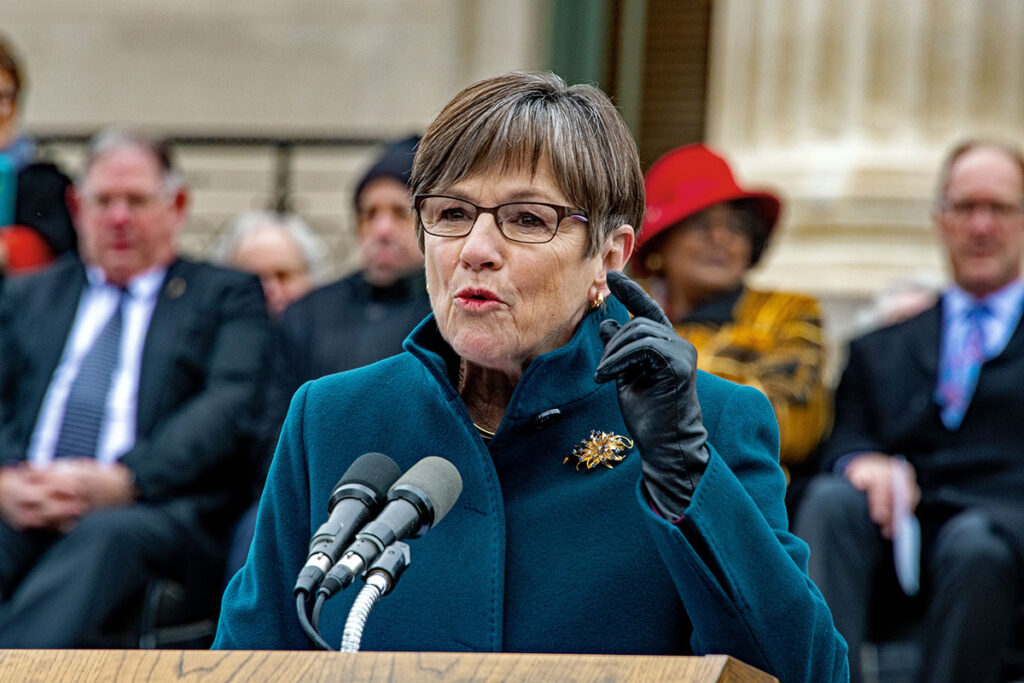This year, Kansas Governor Laura Kelly earned a C on the Cato Institute’s Fiscal Policy Report Card on America’s Governors for 2022. The gradings were calculated from seven variables including the growth of general fund spending, the approval or veto of tax reform, and changes in income and sales tax rates from 2020 and beyond – Governor Kelly missed a D ranking in her overall fiscal policy by only two points. The report highlights Kelly’s mixed record on tax reform: the phase-out of the food sales tax positively contributed to her score, but her vetoes of bills to cut taxes after high revenue growth and to change state tax law to conform with the 2017 Tax Cuts and Jobs Act; up until then Kansans were unable to claim the full benefit of the 2017 cuts.
Since FY 2021, nearly all states have been awash with revenue surpluses, not to mention billions in unneeded federal aid. In 2021 and 2022, 16 governors signed tax cuts on their most burdensome individual rates and 10 governors signed cuts to the most burdensome corporate income tax rates.
Governors Pete Ricketts in Nebraska and Kim Reynolds in Iowa both received an A on the report card. In his time in office, Governor Ricketts has repeatedly reduce top individual and corporate income tax rates, and in 2022, signed LB 873 into law, providing $1 billion annually when fully implemented in income and property tax relief. In 2022, Governor Reynolds approved HF 2317 which outlined a plan to reduce and consolidate individual income tax rates to a single flat tax rate at 3.9%. The legislation also phases down the corporate tax rate if revenue targets are kept.
While rebates are helpful, they are a one-time rush of cash to taxpayers instead of long-run change that seriously affects the decisions of families and businesses to move to a state. To go from a C-ranking state to a B or A-ranking one, Kansas needs more effective tax reform and fiscal policy like other competitive states across the country – Nebraska and Iowa are but two examples.
An OECD study reports that after corporate income taxes, personal income taxes are the second most harmful tax to economic growth. An IMF paper reports that personal income tax cuts stimulate demands for non-tradable services, which in term increases wages and work opportunities for low-income workers. Corporate income tax cuts tend to create more permanent boosts to GDP and productivity compared to personal income tax cuts as well.
Success stories of proper budgeting are occurring around the country. New Hampshire has its largest budget surplus in history even after continuing its reforms to completely eliminate any taxes on individual income by 2027. A special session in Idaho last month converted to a flat individual income tax to immediately return some of their surplus to taxpayers. Kansas has the chance to be the next big success story: the lessons from previous attempts at tax reform must be learned by limiting spending to allow for limited taxation to support core services.




